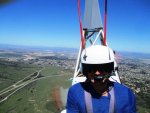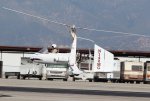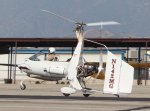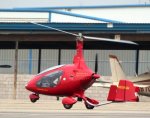- Joined
- Oct 30, 2003
- Messages
- 18,374
- Location
- Santa Maria, California
- Aircraft
- Givens Predator
- Total Flight Time
- 2600+ in rotorcraft
Where we fall down is that, although Gyro pilots often train for engine out, far more than others, we don't train at the altitudes, speeds, and terrain that we need to because that wouldn't be prudent. That training would be better accomplished on a simulator. It has been brought up a number of times but doesn't seem to go anywhere. I know John is working on it now as part of a safety improvement and possible insurance reduction plan but it really doesn't need to be all that sophisticated, it just needs to be set up in an organized fashion with a sim instructor who can induce problems at the most inopportune time, something that can't be done inflight without being too risky. If it results in an insurance reduction then almost any reasonable fee would be able to be charged. If it saved a life or even just 1 serious accident, the cost of a basic sim would be insignificant to the benefit.
Good morning John,
In the past ten years there were 24 fatal gyroplane crashes in the USA.
I could only find one where an engine out initiated the accident sequence.
I have not flown a gyroplane flight simulator that would help me with managing an engine out.
In my opinion based on my experience the most important things to do when the engine goes quiet in a gyroplane is to have an awareness of wires and fences, pick a landing zone, develop a plan and execute the plan.
It helps if you know which way the wind is blowing.
The engine at idle accurate landing in the practical test standards is there to address engine out landings.
If you can hit the spot and the spot is suitable I feel you are good to go.
I see no reason this can’t be practiced site selection without undue risk to the pilot or aircraft.
Having a discussion often about where would you land and what are the hazards is likely going to be more real world than a flight simulator.
Aborting a simulated engine out landing is generally not particularly hazardous unless the engine won’t make power that is requested.
Only one of the accidents last year was an engine out and the student pilot did everything well except select the landing site.
I have flown with students who used a gyroplane flight simulator and my impression was it helped. I have no way to know how they would have done without the simulator time. Everyone is different.








